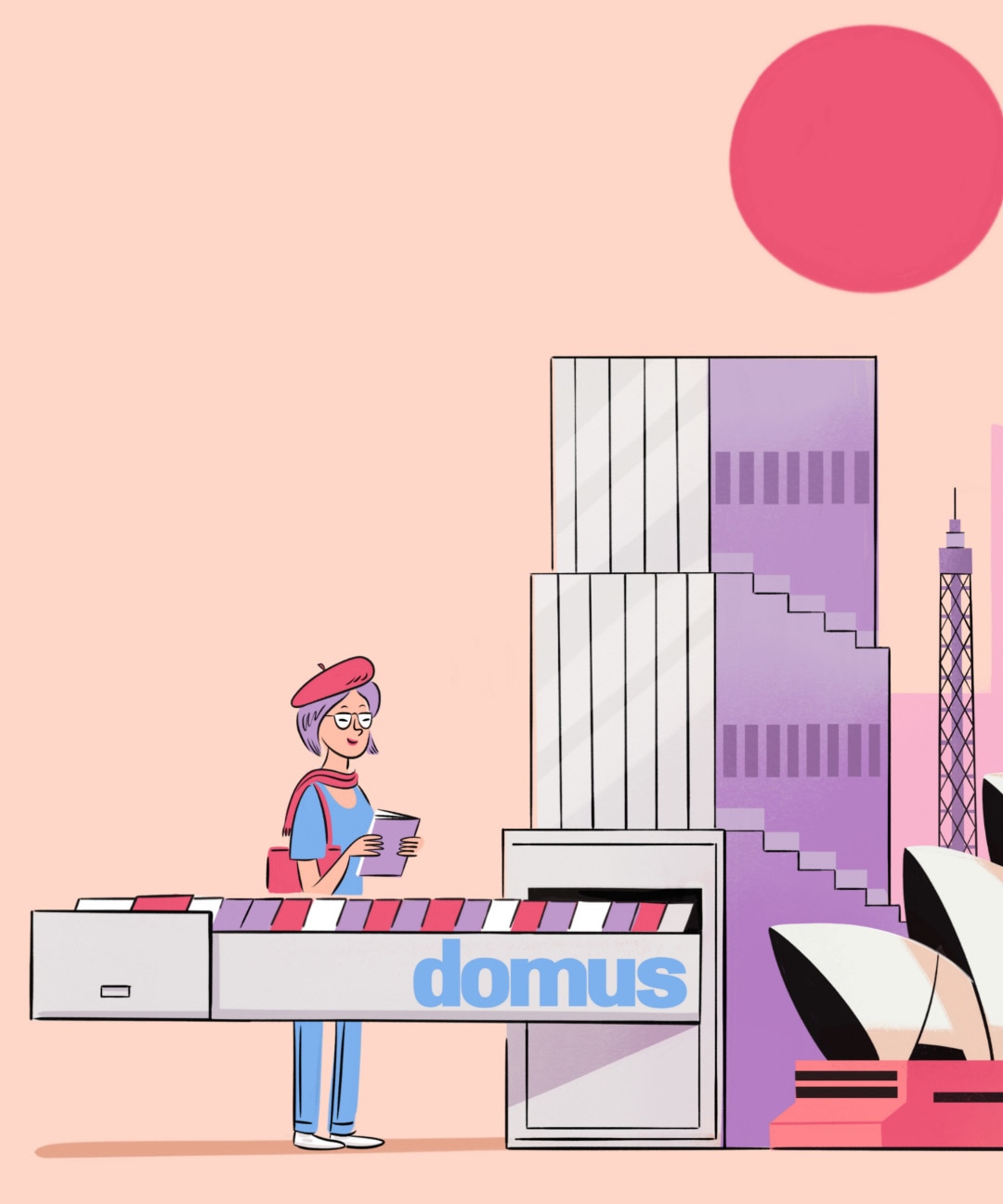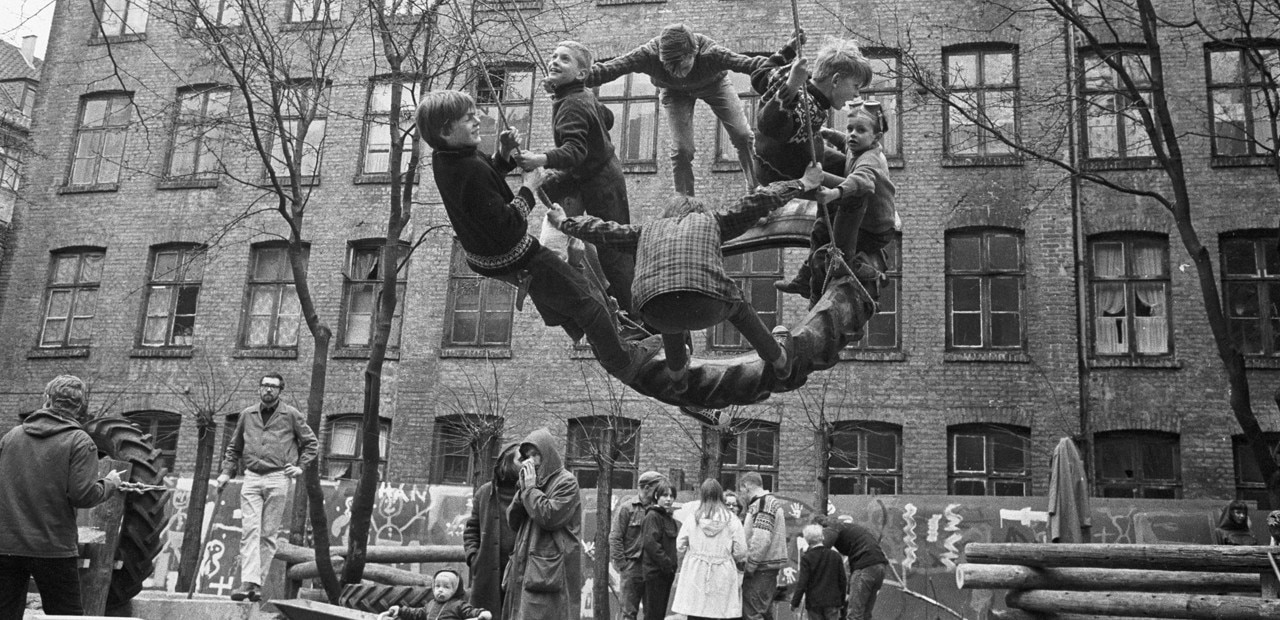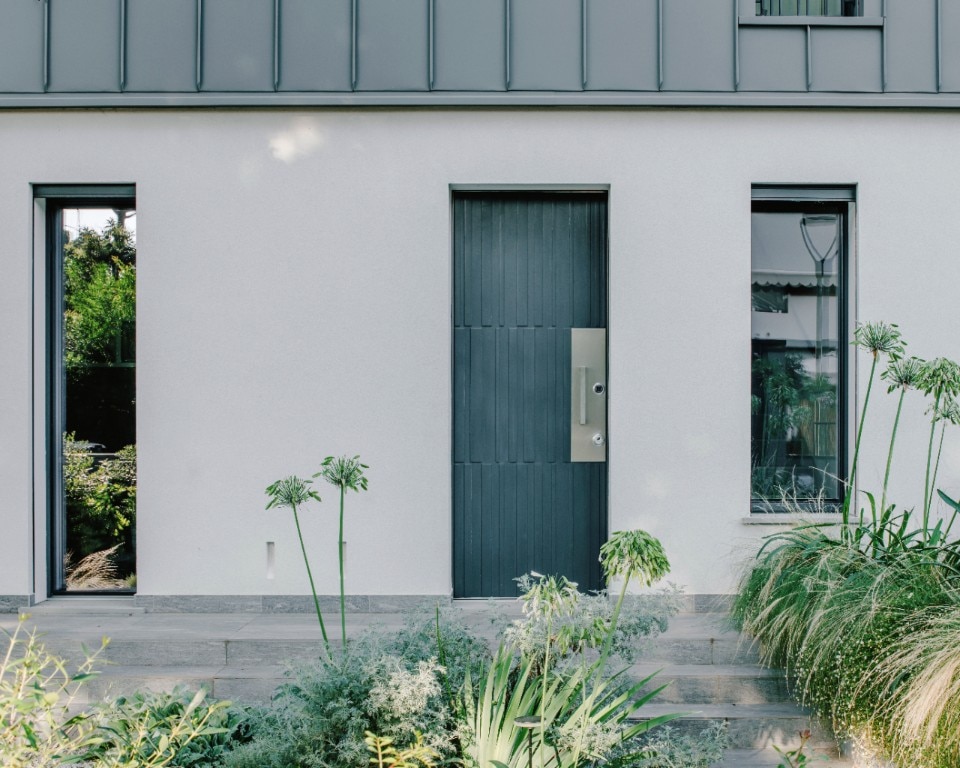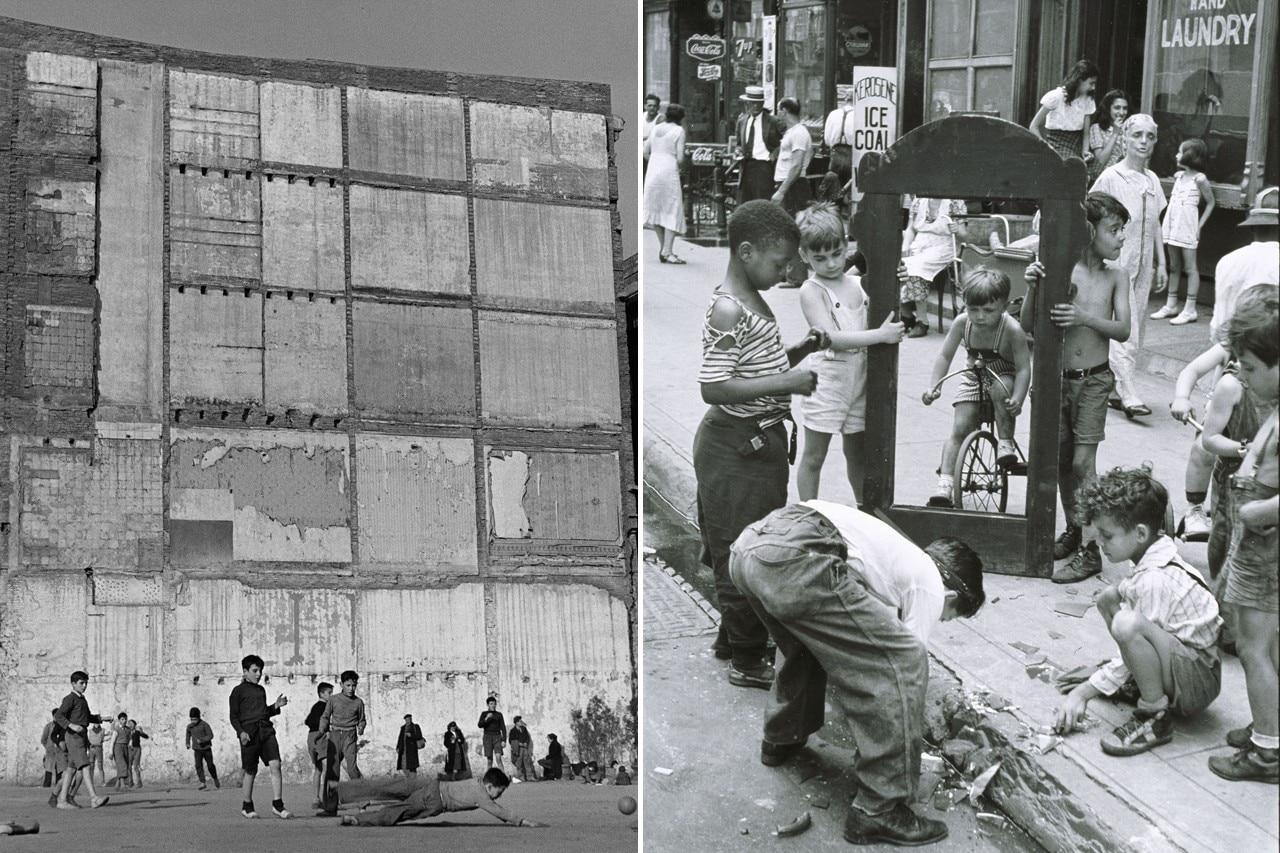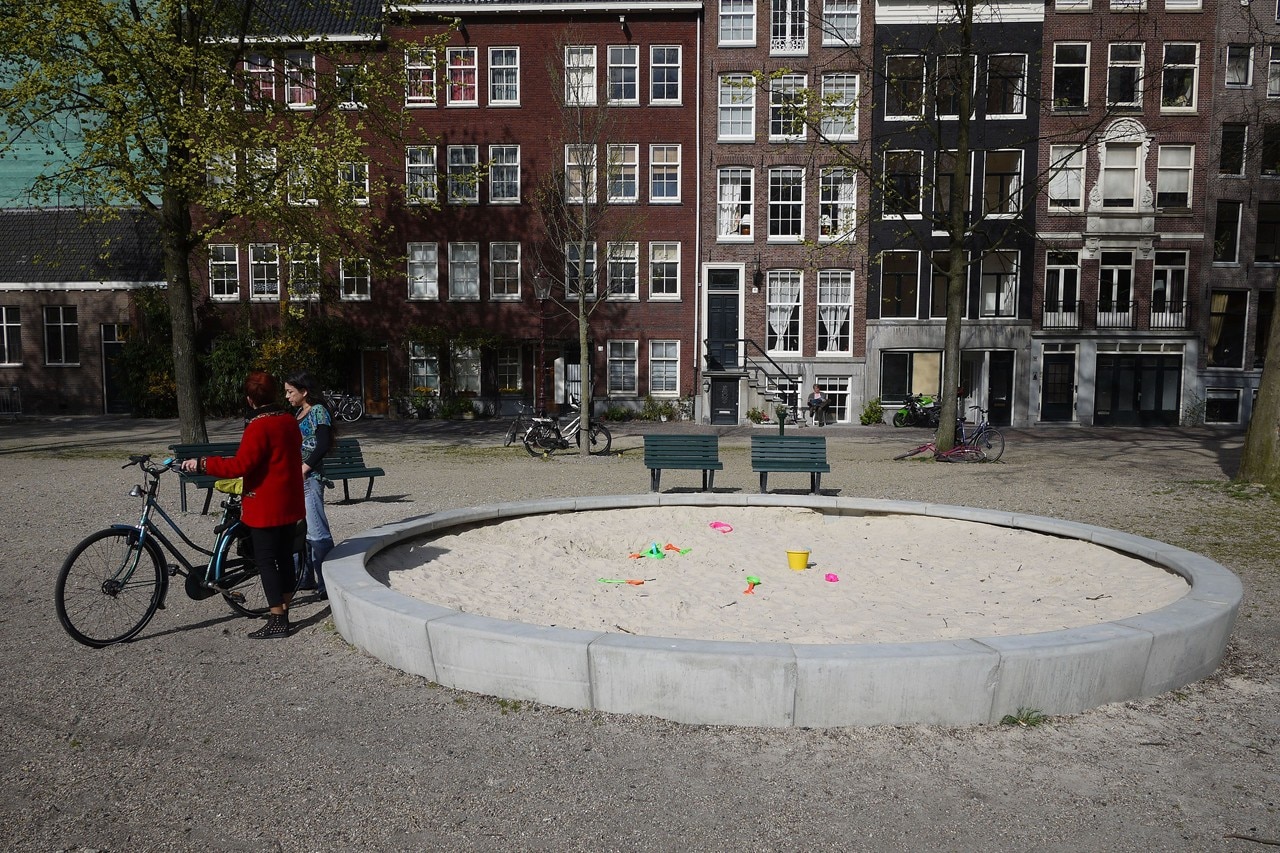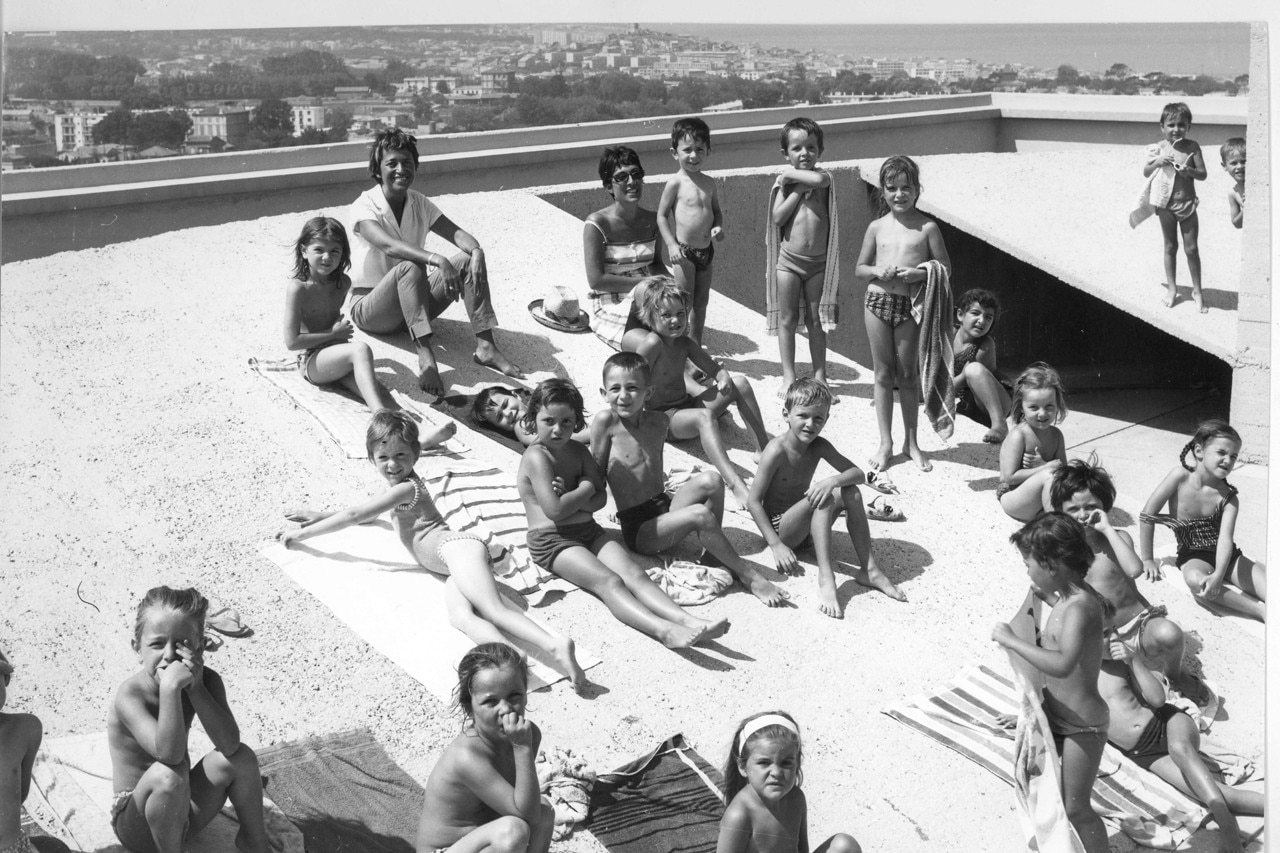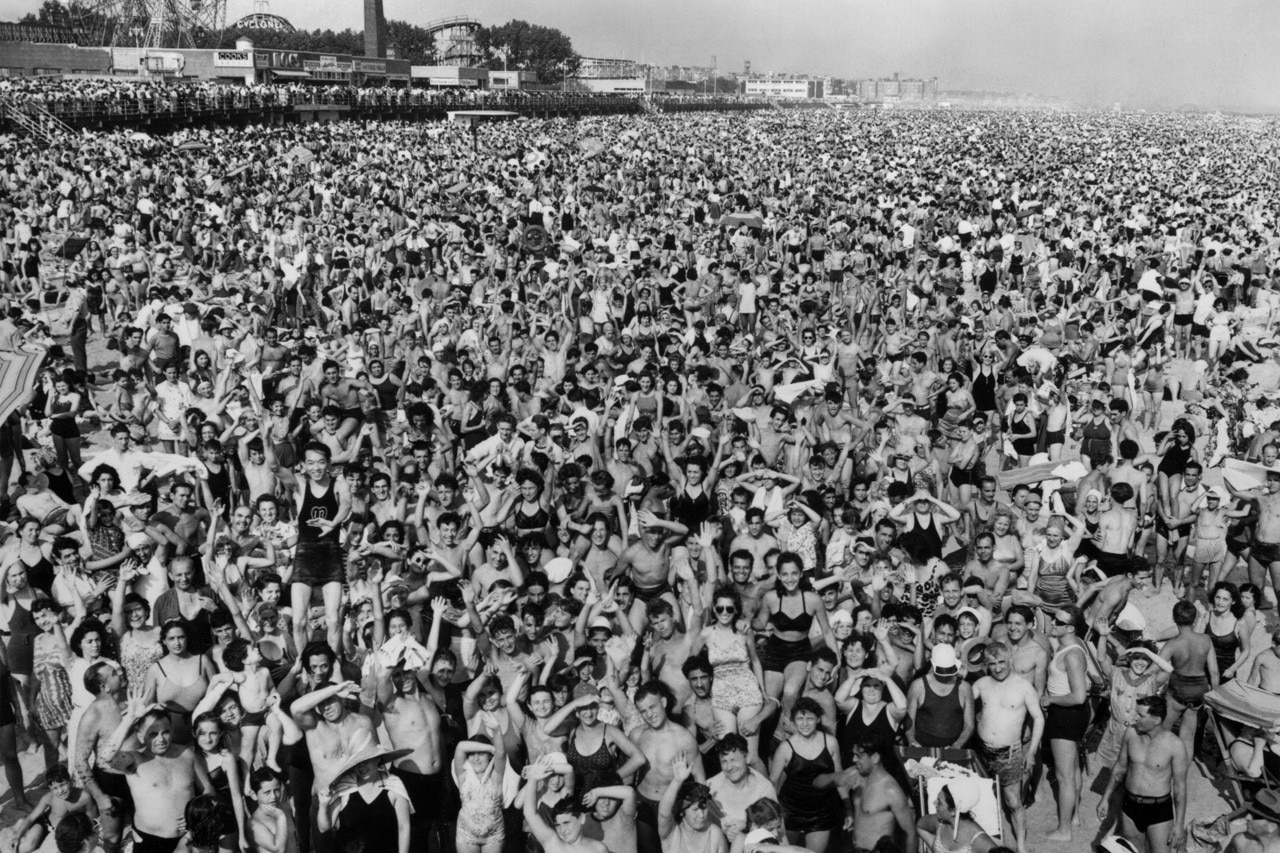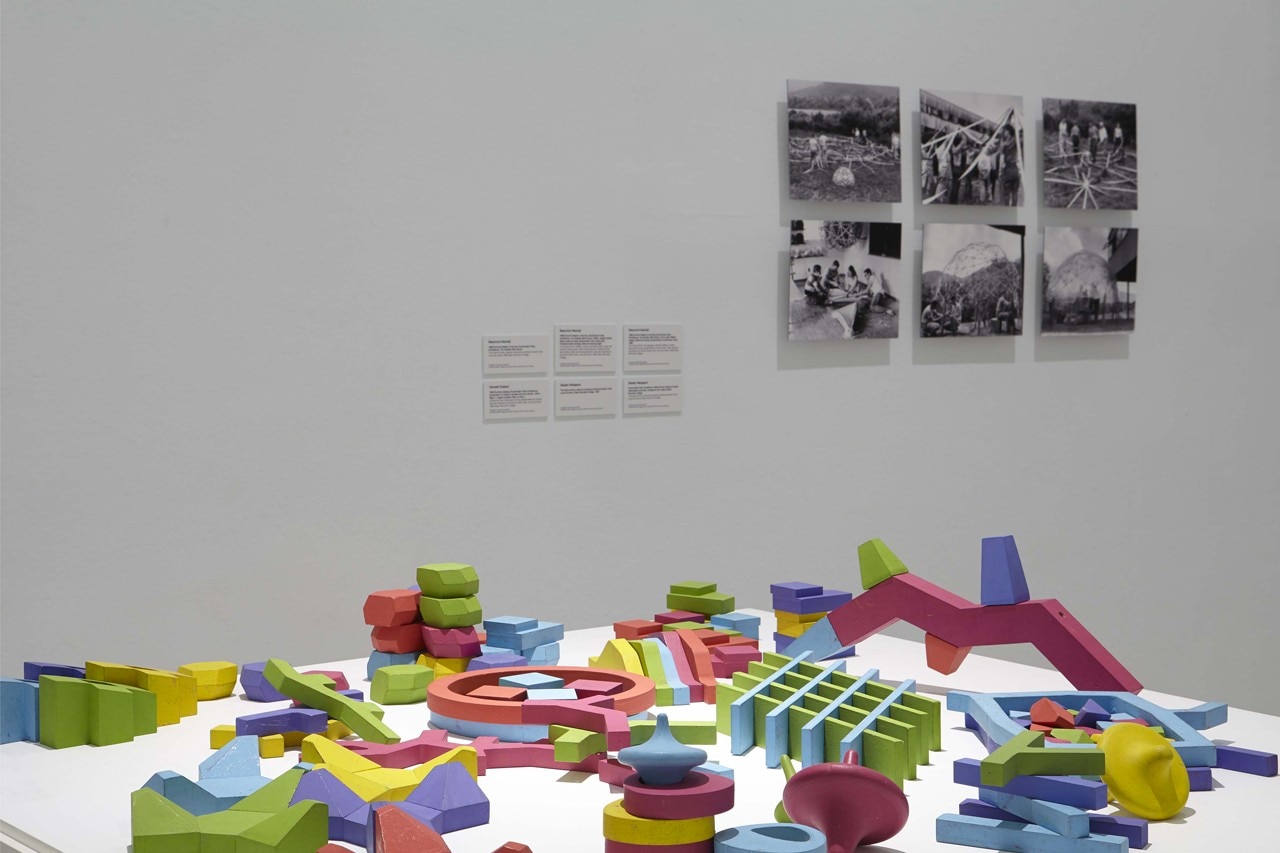
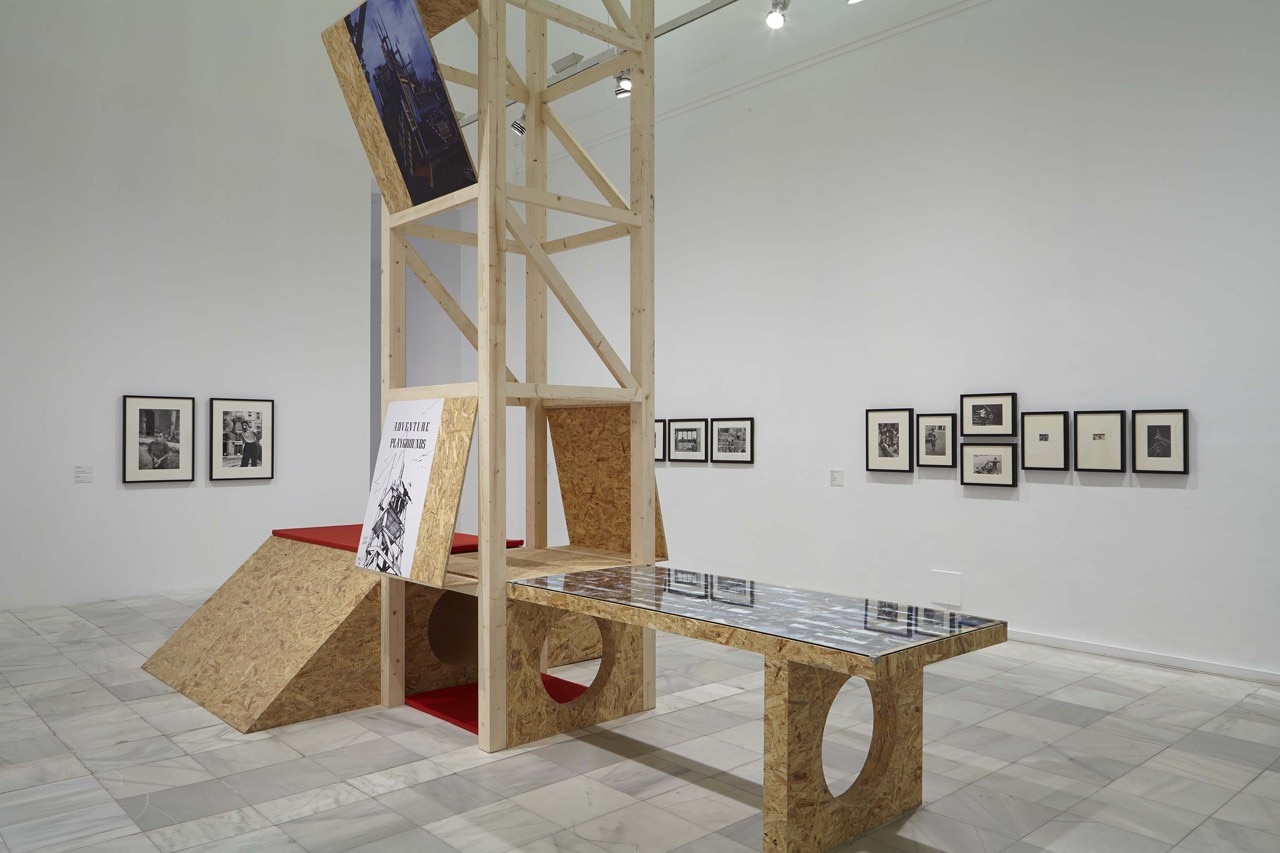
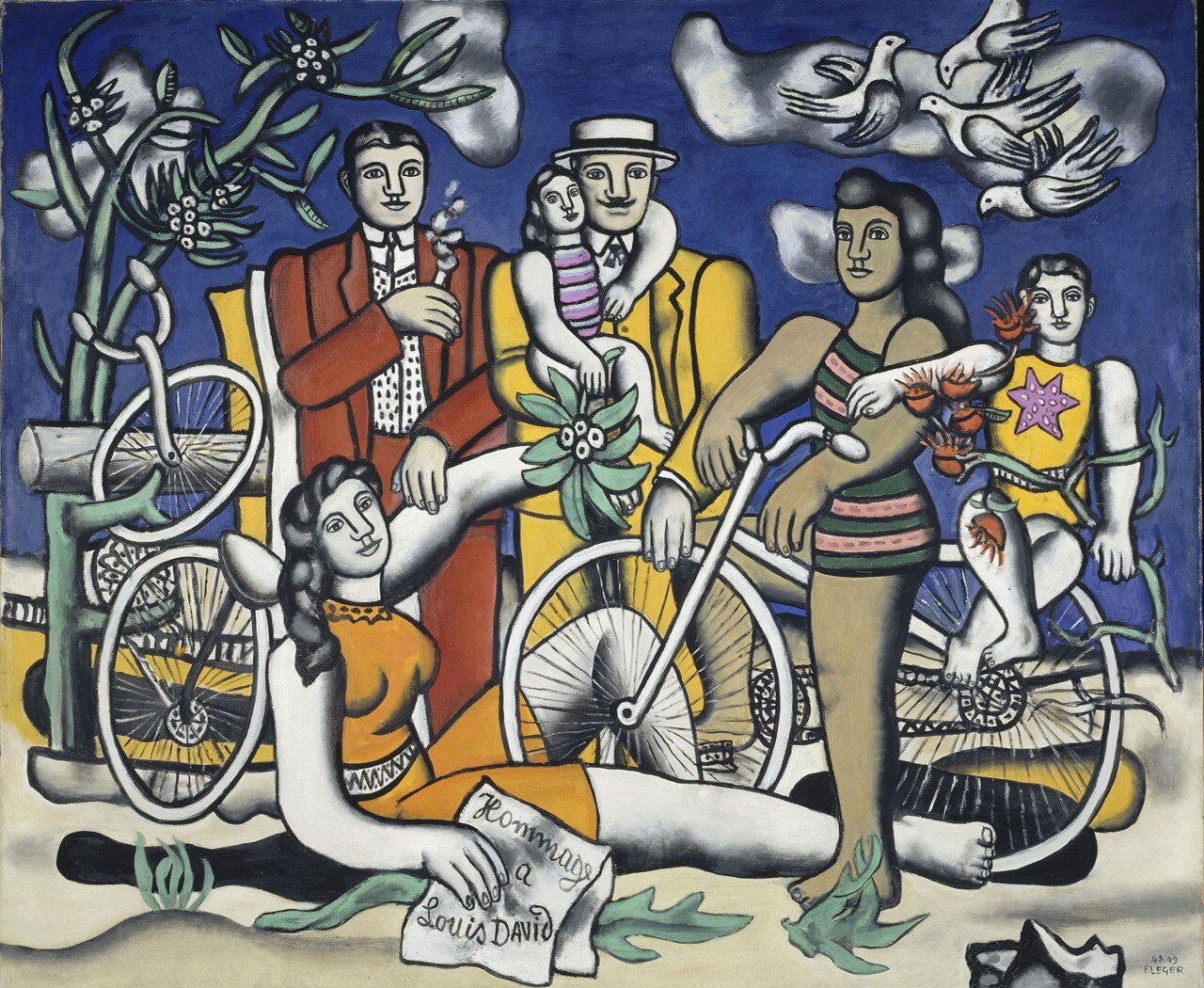
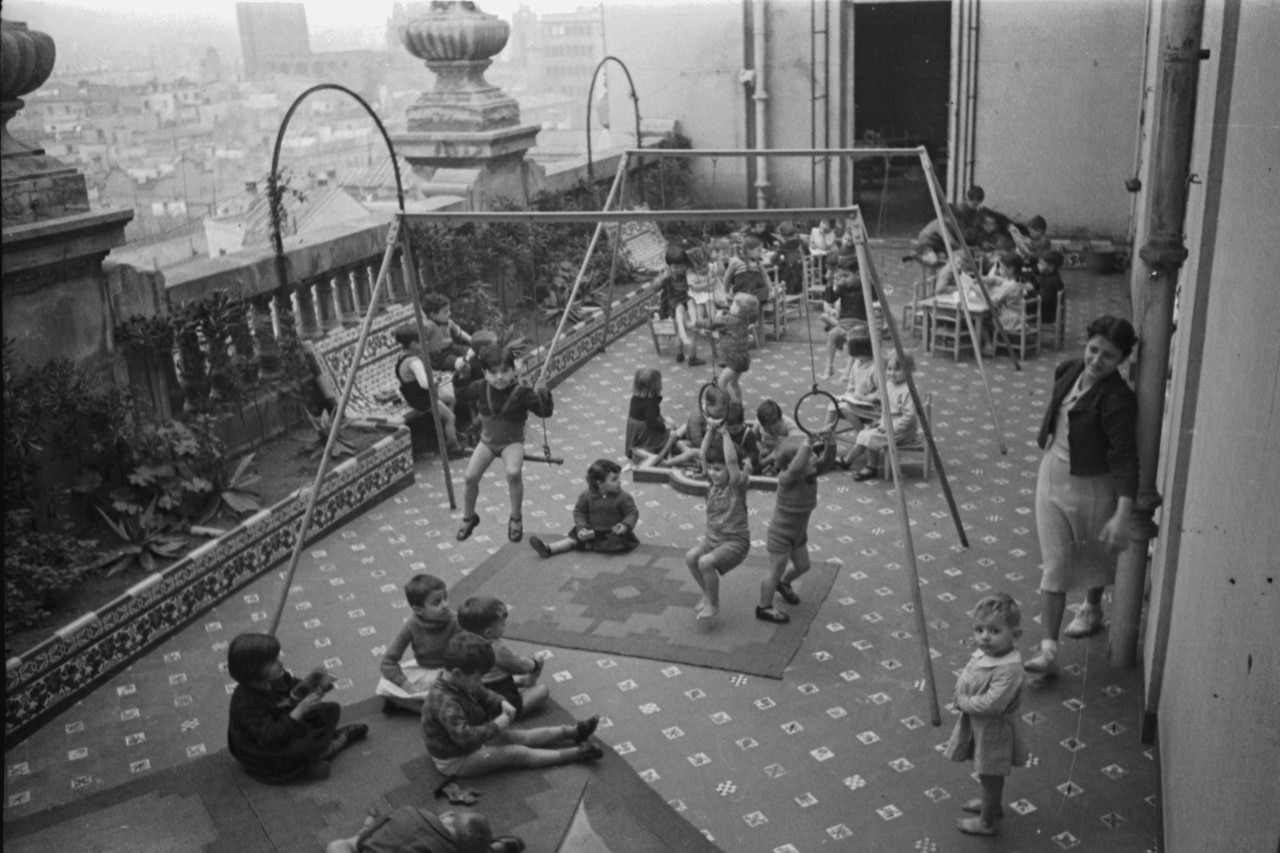
until September 22, 2014
Playgrounds. Reinventing the square
curated by Manuel Borja-Villel, Teresa Velázquez and Tamara Díaz
Museo Nacional Centro de Arte Reina Sofía
Calle de Santa Isabel, 52, Madrid
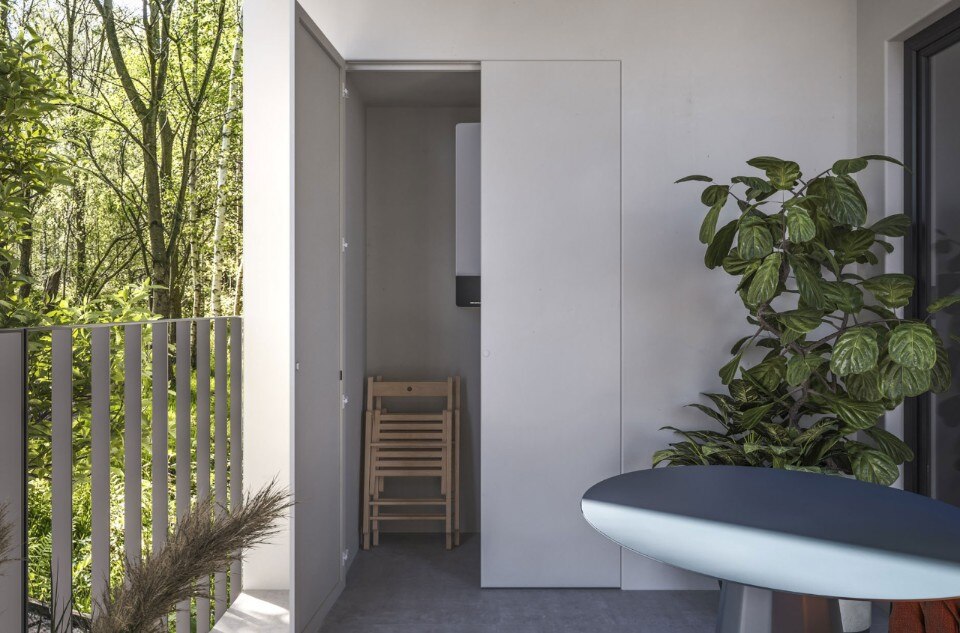
Seamless design, ECLISSE steps outdoors
ECLISSE introduces Syntesis Areo Outdoor, extending the sleekness of its flush-to-wall system to exterior applications. Robust and adaptable, it reimagines technical access points as integrated design features, ensuring a continuous aesthetic flow between interior and exterior spaces.


